June 28 to July 4
During the late 1970s, hot-blooded young protesters were known to break into the guarded Fort San Domingo in Tamsui to protest what many considered the “shame of the nation.”
What is now one of northern Taiwan’s top tourist attractions was strictly off limits to the public then, walled off and shrouded in mystery. In fact, the government didn’t even own the more than three-century-old complex, as the British had permanently leased it as their consulate until Chinese pressure forced them to remove all official representation in Taiwan in 1972. The fort then briefly served as the Austrian embassy, but that country broke ties with Taiwan for China within a few months.
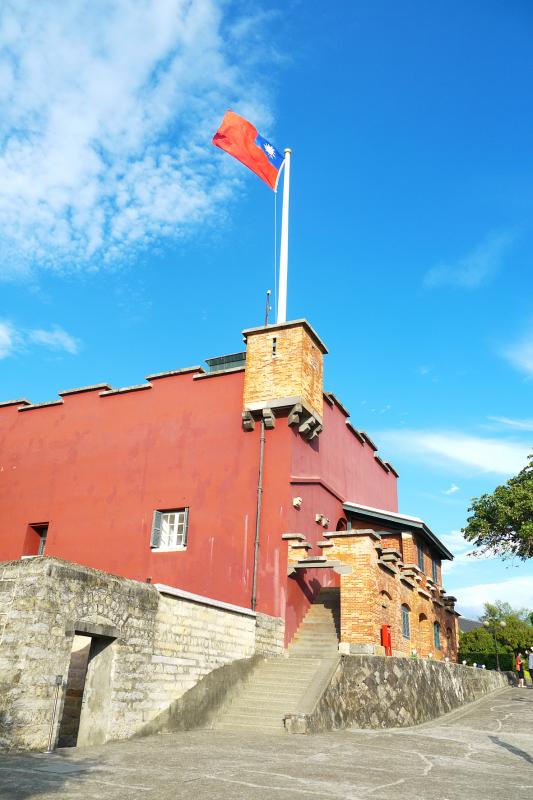
Photo courtesy of Wikimedia Commons
The events caused an uproar among Taiwanese, and calls for the government to reclaim the fort began around then. But instead the British transferred it to the Americans, who continued to administer the structure after they, too, severed relations with Taiwan in 1979.
Writer and academic Lee Li-kuo (李利國) published several articles in 1977 about the fort’s ownership in Cactus Magazine (仙人掌雜誌). Author and popular hiking blogger Tony Huang (黃育智) writes that he learned about the fort for the first time through Lee’s work: “Few of us had any idea that there was still a foreign concession in Taiwan, and that our own citizens were not allowed to set foot in it. I was young, passionate and full of patriotism back then, and the truth made my blood boil.”
On June 30, 1980, the government finally took possession of the fort. The handover ceremony can be seen on a Chinese TV System (華視) clip on YouTube, which concludes with the Republic of China (ROC) flag being raised on the top of the fort. It was opened to the public four years later.
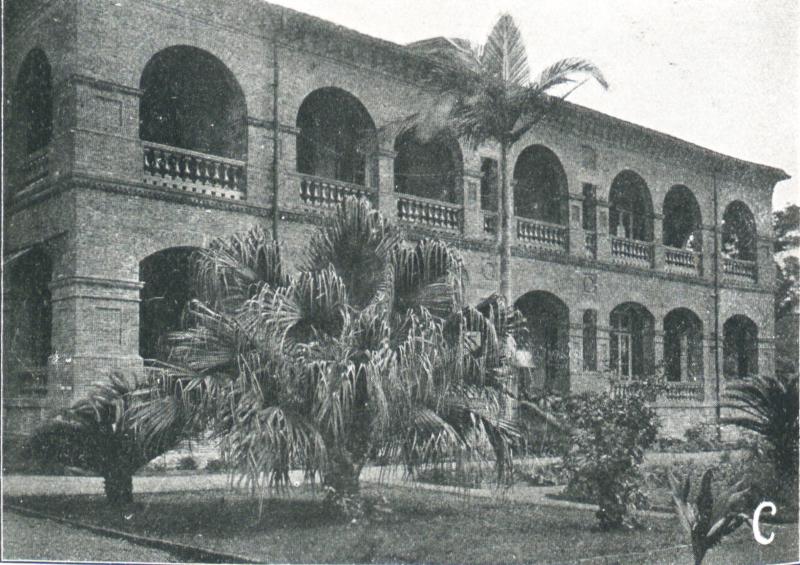
Photo courtesy of Academia Sinica
PERMANENT LEASE
The Spanish, who colonized parts of northern Taiwan during the 1620s, built the original wooden Fort San Domingo in 1629. They razed the fort in 1642 before they were expelled by the Dutch, who built a new structure in 1644. It was named Fort San Antonio.
For many years, people believed that the current structure was the original Fort San Domingo, and even today it still retains the name. Historian Tsao Yung-ho (曹永和) is often credited for confirming in 2005 that the structure is in fact Fort San Antonio.

Photo courtesy of National Central Library
The Qing Dynasty took possession of the fort when it control of Taiwan in 1683, and renovated it in 1724. They were forced to open Tamsui to foreign traders per the 1858 Treaty of Tianjin, leading to the need for a British consulate. This consulate initially operated out of a rented private residence, but in 1867 the British signed an agreement to permanently lease what was then-called the Helanlou (荷蘭樓), or “Dutch Fort.”
“It is agreed that so long as Her Majesty’s government continues to pay the above stipulated lease for the said land they shall be allowed to rent the same and the Chinese government shall not be empowered to refuse to continue the lease,” the agreement read.
The British made many repairs and additions to the structure, painting it red and adding a two-story brick building in 1891 to serve as the consulate.
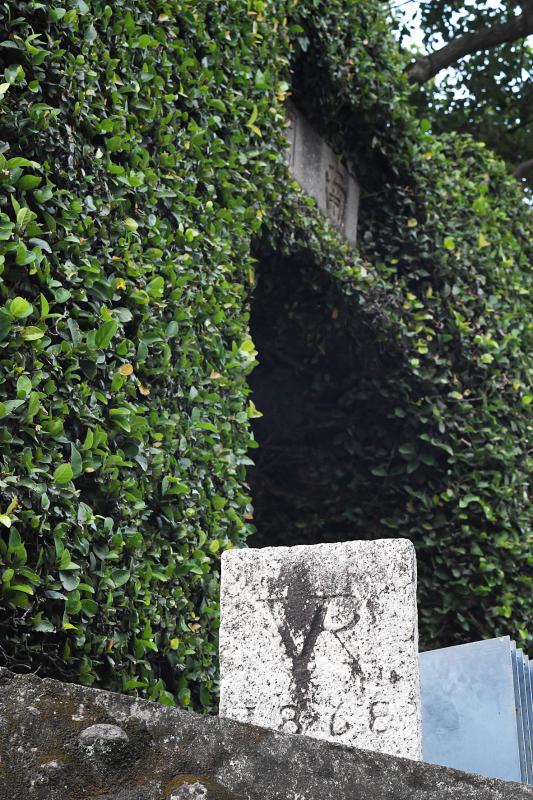
Photo courtesy of Wikimedia Commons
After Qing ceded Taiwan to Japan in 1895, the British offered to sell the fort to the new colonizers and move their consulate to Dadaocheng (大稻埕). But the deal fell through as the Japanese were not willing to pay the asking price. In 1909, the British signed a new perpetual lease for the property with the Japanese.
The consulate closed in 1941 as the two sides fought during World War II, and the British returned to the fort under the Chinese Nationalist Party (KMT) in December 1946.
BROKEN TIES
At this point, the permanent lease appeared to still be in effect as the ROC had decided to honor the agreements that the Qing had signed with foreigners before its establishment in 1912.
To the dismay of the new government, the UK in January 1950 decided to recognize the People’s Republic of China and break ties with Taiwan. Yet it maintained the consulate in Tamsui, creating a curious situation where it had official representation in a country it didn’t recognize. The government didn’t seem to mind; it was beneficial to them to keep relations with the British.
This lasted until March 1972, shortly after China replaced Taiwan in the UN. In adherence to the “one-China” policy, the UK announced that it would remove its consulate from Taiwan. It wanted to completely cut official relations with Taiwan, with visas being handled through designated airlines and commerce conducted through businesses in Taipei.
Despite public furor, the government was reluctant to ask for the fort back. While they owned the land the fort stood on, the consulate building was built by the British, who wanted compensation for it. Also, they were wary of antagonizing the British since they had many interests in Hong Kong.
Nearby Aletheia University, which is affiliated with the Taiwan Presbytarian Church, was one of several parties hoping to use the building. They negotiated with the British from 1972 to 1978, and although nothing came from it, they’re credited for tackling the issue long before the government took action.
Negotiations dragged on until February 1980, when the government terminated the lease and gave a deadline of June 30 to the British to work out a deal. By then, relations between the two sides had stabilized with the establishment of the Anglo-Taiwan Trade Committee in 1976.
Working with National Taiwan University’s civil engineering and urban planning experts, they renovated the property and designated it a first-grade historic site. On Christmas Day, 1984, tens of thousands of people made their way to Tamsui to finally get a look at the enigmatic fort they had been hearing so much about.
Taiwan in Time, a column about Taiwan’s history that is published every Sunday, spotlights important or interesting events around the nation that either have anniversaries this week or are tied to current events.
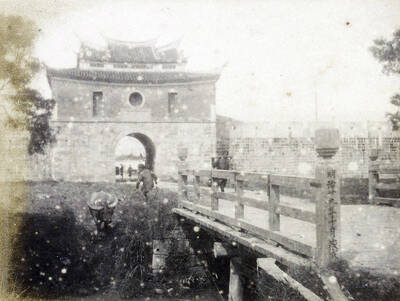
June 9 to June 15 A photo of two men riding trendy high-wheel Penny-Farthing bicycles past a Qing Dynasty gate aptly captures the essence of Taipei in 1897 — a newly colonized city on the cusp of great change. The Japanese began making significant modifications to the cityscape in 1899, tearing down Qing-era structures, widening boulevards and installing Western-style infrastructure and buildings. The photographer, Minosuke Imamura, only spent a year in Taiwan as a cartographer for the governor-general’s office, but he left behind a treasure trove of 130 images showing life at the onset of Japanese rule, spanning July 1897 to
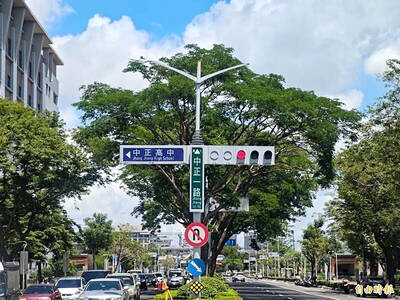
One of the most important gripes that Taiwanese have about the Democratic Progressive Party (DPP) is that it has failed to deliver concretely on higher wages, housing prices and other bread-and-butter issues. The parallel complaint is that the DPP cares only about glamor issues, such as removing markers of Chinese Nationalist Party (KMT) colonialism by renaming them, or what the KMT codes as “de-Sinification.” Once again, as a critical election looms, the DPP is presenting evidence for that charge. The KMT was quick to jump on the recent proposal of the Ministry of the Interior (MOI) to rename roads that symbolize

On the evening of June 1, Control Yuan Secretary-General Lee Chun-yi (李俊俋) apologized and resigned in disgrace. His crime was instructing his driver to use a Control Yuan vehicle to transport his dog to a pet grooming salon. The Control Yuan is the government branch that investigates, audits and impeaches government officials for, among other things, misuse of government funds, so his misuse of a government vehicle was highly inappropriate. If this story were told to anyone living in the golden era of swaggering gangsters, flashy nouveau riche businessmen, and corrupt “black gold” politics of the 1980s and 1990s, they would have laughed.
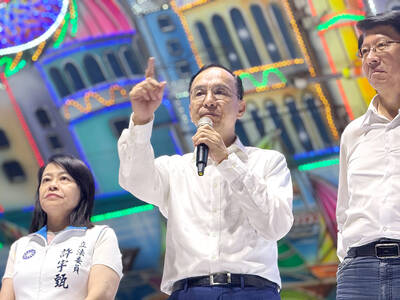
In an interview posted online by United Daily News (UDN) on May 26, current Chinese Nationalist Party (KMT) Chairman Eric Chu (朱立倫) was asked about Taichung Mayor Lu Shiow-yen (盧秀燕) replacing him as party chair. Though not yet officially running, by the customs of Taiwan politics, Lu has been signalling she is both running for party chair and to be the party’s 2028 presidential candidate. She told an international media outlet that she was considering a run. She also gave a speech in Keelung on national priorities and foreign affairs. For details, see the May 23 edition of this column,